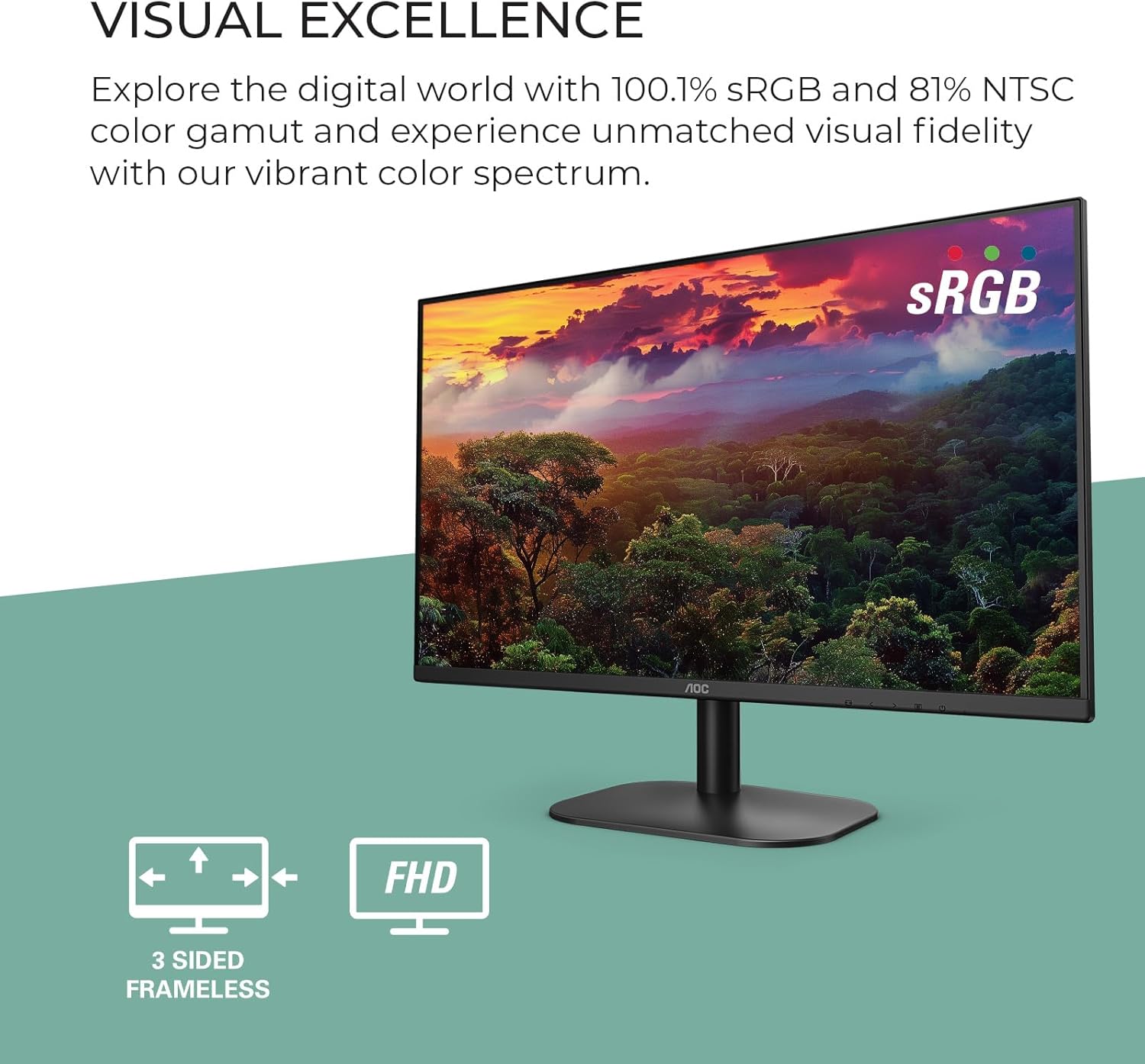In today’s fast-paced digital landscape, building a stunning website is no longer enough. The real challenge lies in achieving that brilliance faster, more efficiently, and with greater impact. Smarter web design isn’t just about aesthetics; it’s about optimizing every step of your workflow, from conception to deployment and beyond, to deliver exceptional user experiences and robust business growth. This article delves into the strategies, tools, and mindsets that empower you to do more with less, elevating your web projects to new heights.
The Core Pillars of Smarter Web Design
Achieving efficiency and speed in web development hinges on integrating modern methodologies and powerful tools into your daily practice. These pillars are foundational to a smarter approach.
Embracing Efficiency with AI and Automation
Artificial intelligence (AI) is rapidly transforming web design, moving beyond mere novelty to become an indispensable assistant. AI-powered tools can significantly accelerate tedious tasks, freeing up designers and developers to focus on higher-level creative and strategic work. From generating initial design concepts based on natural language prompts to automating image background removal, AI can be a powerful co-pilot.
For instance, AI can assist with content generation, providing initial drafts for headlines, body text, or even entire blog posts, which can then be refined by human editors. It can also analyze existing designs and suggest improvements for user experience or accessibility. Furthermore, AI-driven code assistants can suggest snippets, identify bugs, and even generate entire components, drastically cutting down development time.
Beyond AI, automation plays a crucial role. Automating repetitive tasks such as testing, deployment, image optimization, and code minification ensures consistency, reduces human error, and speeds up release cycles. Continuous Integration/Continuous Deployment (CI/CD) pipelines, for example, automate the build, test, and deployment processes, allowing for rapid iterations and reliable updates. This not only makes your workflow faster but also more robust and error-resistant.
Performance as a Design Principle
A beautiful website that loads slowly is a frustrating experience for users and a red flag for search engines. Smarter web design integrates performance optimization from the very beginning, treating it not as an afterthought but as a core design principle. High-performing websites offer superior user experience, leading to higher engagement, lower bounce rates, and better conversion rates. Crucially, website speed is a significant ranking factor for SEO.
Key performance considerations include:
-
Image Optimization: Compressing images, using modern formats like WebP, and implementing lazy loading to ensure images only load when they enter the viewport.
-
Code Minification and Bundling: Removing unnecessary characters from HTML, CSS, and JavaScript files, and combining multiple files into fewer requests.
-
Leveraging Caching: Utilizing browser caching and server-side caching to store frequently accessed resources, reducing load times for returning visitors.
-
Critical CSS: Delivering only the CSS required for the initial viewport inline with the HTML, allowing the visible content to render faster.
-
Server Response Time: Optimizing server configuration, database queries, and choosing a reliable hosting provider.
Understanding and addressing Google’s Core Web Vitals (Largest Contentful Paint, First Input Delay, and Cumulative Layout Shift) is paramount. These metrics directly impact user experience and search engine rankings, making them essential benchmarks for any modern web project. Tools like Google PageSpeed Insights provide invaluable feedback for identifying and resolving performance bottlenecks.
Integrated Marketing & SEO from Day One
A smart web design approach ensures that your website isn’t just visually appealing but also a powerful marketing and SEO asset from its inception. Integrating marketing tools and SEO best practices early in the design and development phases saves significant time and effort down the line, ensuring your site is discoverable and effective.
This includes:
-
Semantic HTML: Using appropriate HTML5 tags (e.g.,
<article>
,
<nav>
,
<footer>
) to provide structure and meaning to your content, making it easier for search engines to understand.
-
Mobile-First Design: Prioritizing the mobile user experience, which is now a critical ranking factor for Google’s indexing.
-
Schema Markup: Implementing structured data using Schema.org vocabulary to provide search engines with explicit information about your content, leading to rich snippets in search results.
-
Analytics Integration: Setting up Google Analytics or similar tools from the start to track user behavior, traffic sources, and conversion funnels.
-
CRM and Email Marketing Integration: Designing forms and user flows that seamlessly connect with your Customer Relationship Management (CRM) system and email marketing platforms, streamlining lead capture and nurturing.
By building with marketing and SEO in mind, you create a website that not only looks good but also actively contributes to your business growth objectives.
Streamlining Your Workflow: Tools and Strategies
Beyond foundational principles, adopting specific tools and strategies can dramatically enhance your team’s efficiency and output.
Leveraging Low-Code/No-Code Platforms
Low-code and no-code platforms have democratized web development, enabling individuals and small teams to build sophisticated websites and applications with minimal or no coding. Tools like Webflow, Bubble, and Squarespace offer intuitive visual interfaces, pre-built components, and extensive integrations, significantly reducing development time.
While powerful for rapid prototyping, marketing sites, and internal tools, it’s crucial to understand their limitations regarding extreme customization or highly complex, scalable applications. A smart approach often involves using these platforms for their strengths (speed, ease of maintenance) while knowing when to opt for custom development for unique requirements. They excel at simplifying workflows for non-developers and accelerating initial launches.







